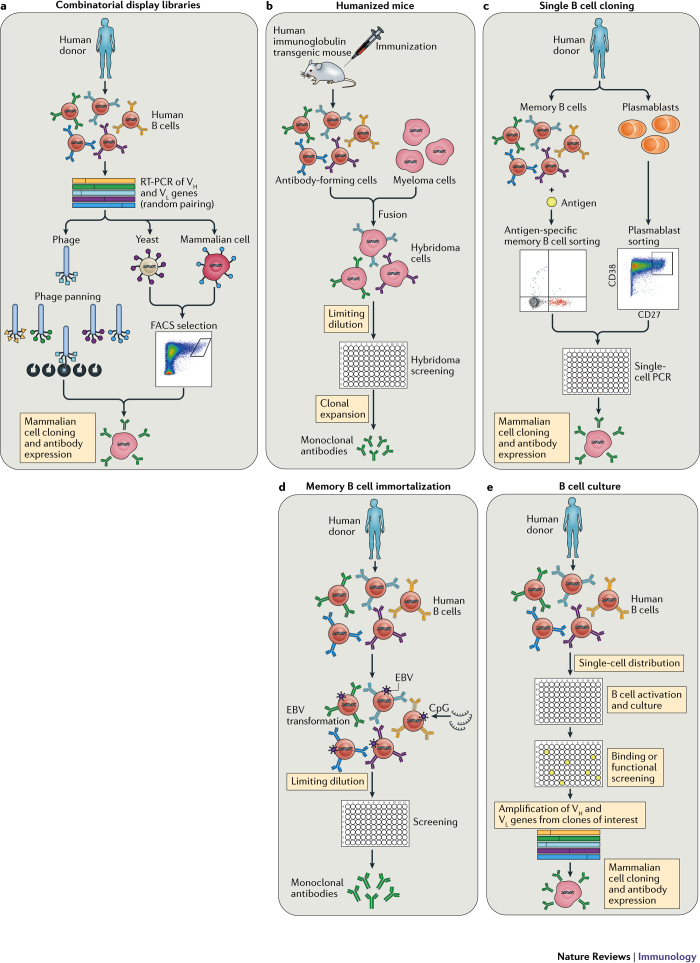Figure 1. Technologies for monoclonal antibody generation.
a | Combinatorial display libraries. Human antibody heavy-chain and light-chain genes are amplified by reverse transcription (RT)-PCR, and antibody fragments are displayed on the surface of a particle or cell in which the antibody genes are found (such as phage, yeast or mammalian cells142,143,144,145). Successive rounds of enrichment are performed to select for clones that bind to the target antigen. Genes encoding antibodies of interest are cloned into human IgG expression vectors to produce monoclonal antibodies (mAbs). b | Human immunoglobulin transgenic mice are generated by introducing human immunoglobulin loci into the mouse genome146,147. Upon immunization, the transgenic mice produce fully human antigen-specific antibodies. The B cells harvested from the immunized mice are fused with myeloma cells to generate antibody-secreting hybridomas, which are then screened for binding or functional activity. c | Single B cell cloning. Antigen-specific memory B cells or plasmablasts are single-cell sorted by flow cytometry, and cognate heavy-chain (Vh) and light-chain (Vl) variable genes are amplified by single-cell PCR57,58,148. The antibody variable genes are cloned into human IgG expression vectors to produce mAbs. d | Memory B cell immortalization. Memory B cells are immortalized by Epstein–Barr virus (EBV), and B cell culture supernatants are screened for binding or functional activity149. Positive cultures are subcloned by limiting dilution. e | Memory B cell culture. Single B cells are activated and cultured, and B cell supernatants are screened for binding or functional activity37,150. Antibody variable genes are amplified from clones of interest by PCR and cloned into human IgG expression vectors to produce mAbs. FACS, fluorescence-activated cell sorting.

